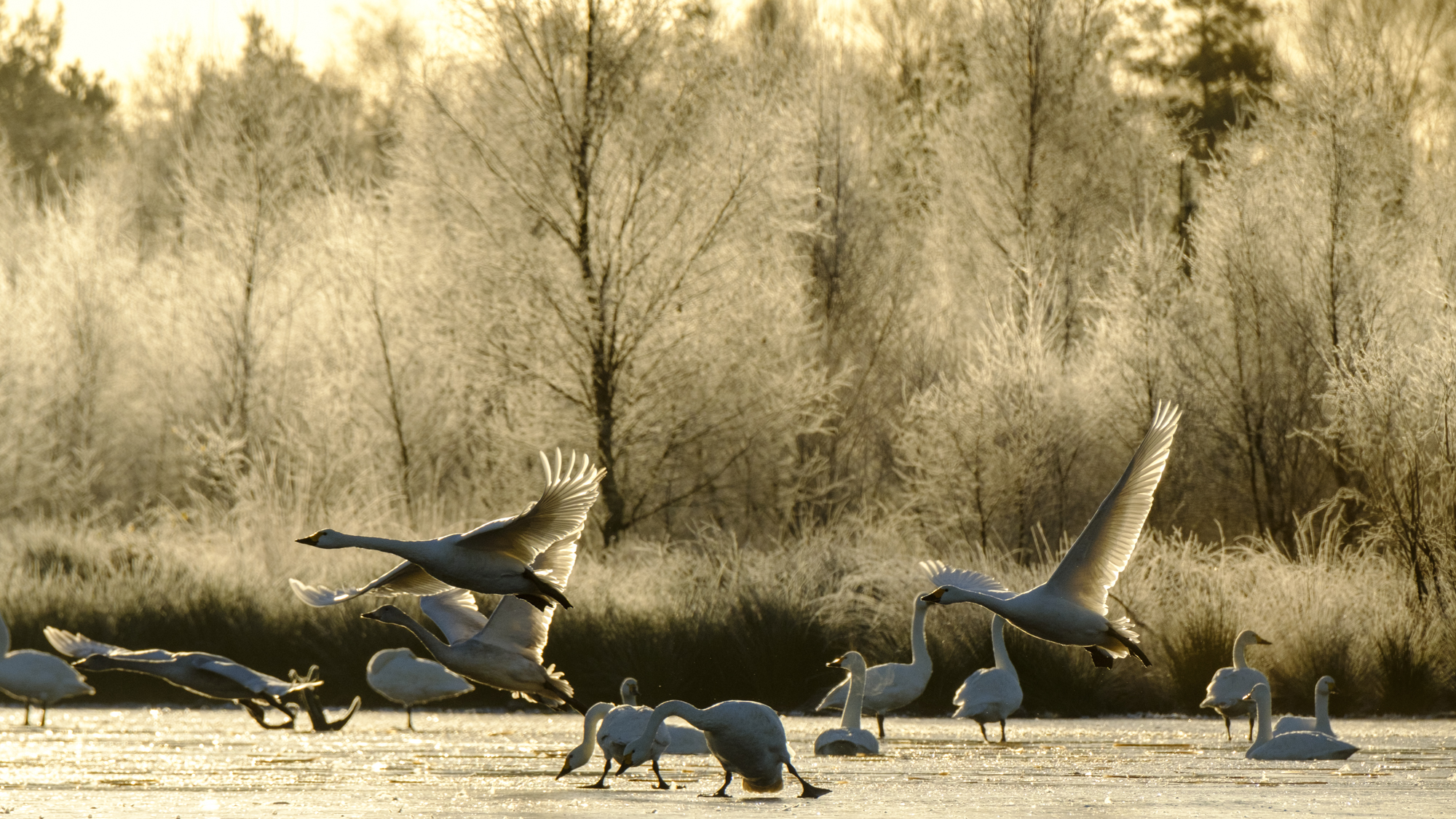Final Flight of The Swans blog from X-Photographer Ben Cherry. Reminiscing about the journey from Russia to the UK.
expedition
Extreme field test of the Fujifilm X-Pro2 and X-T2
How do the X-Pro2 and X-T2 fair in extreme weather conditions? Tommy Simonsen finds out.
Flight of the Swans – X Series on expedition – Part 1
X-Photographer Ben Cherry has been chosen to document The Flight of the Swans expedition, where Sacha Dench will paramotor from Arctic Russia back to the UK to bring awareness to the decline of the Bewick’s swans. See how he has prepared, the challenges he faces and more in this exciting series of blogs.


